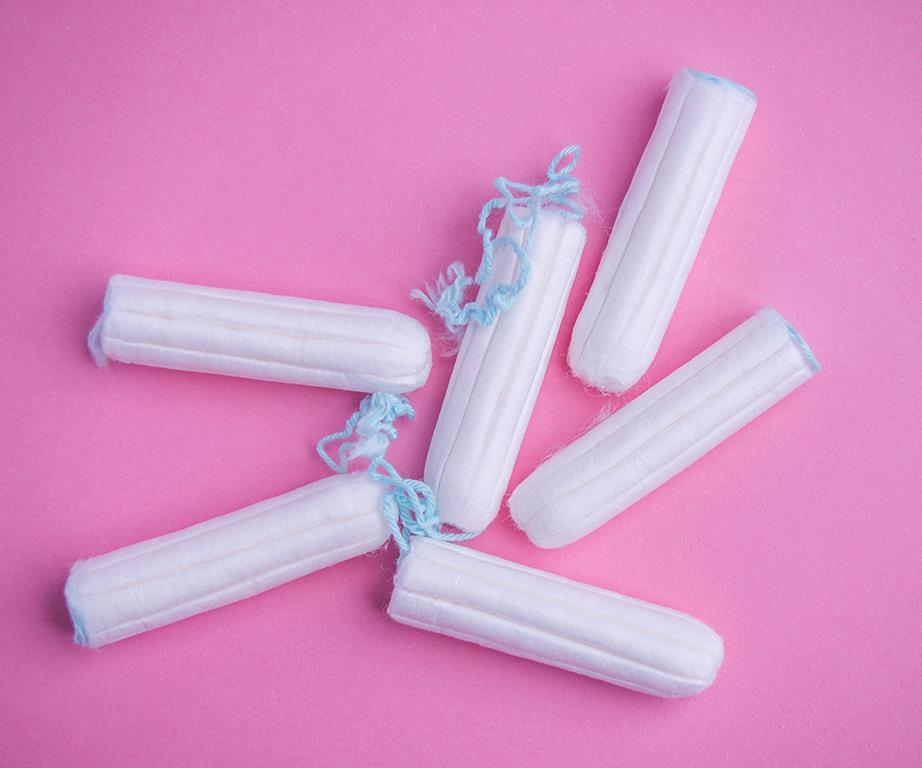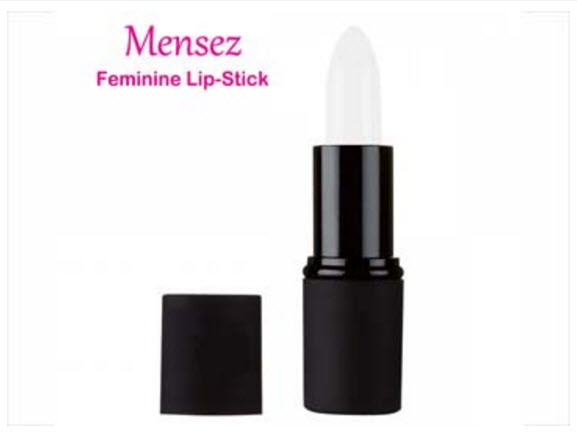Magic box, muffin, twinkle cave, treasure trove, golden glory, fandango … These are just a few of the (printable) names Kiwi women are giving their vaginas. Want more? How about feijoa, foo-foo or penis flytrap?
Robyn McLean and Mary Bond, founders of The Hello Cup, which is fast becoming an online phenomenon, say taking a peek at the monikers women are keying into their “vagina switcheroo” – a nifty online tool that allows those interested
in learning about menstrual cups to nickname their lady garden – is one of the best parts of the job.
So, too, is receiving glowing feedback from women delighted to find a completely New Zealand-designed and made menstrual cup that plugs the eco and budget- friendly gap, so to speak, that tampons and pads leave.
Journalist Robyn, 43, was a tampon user left feeling “hoodwinked” by the $20 billion sanitary-product industry when she tried a menstrual cup for the first time last year.
“I’d been meaning to test one for ages but was put off by their alternative, not-very-mainstream image. I thought there must be something yucky about them,” she says.
“But one day, as I was driving, I could feel my period was coming, so I swung into the chemist and on the spur of the moment asked for a menstrual cup. As soon as I got home and put it in, I felt devastated I hadn’t used them earlier! The cup was so much easier than tampons, better for the environment and cost-effective.”
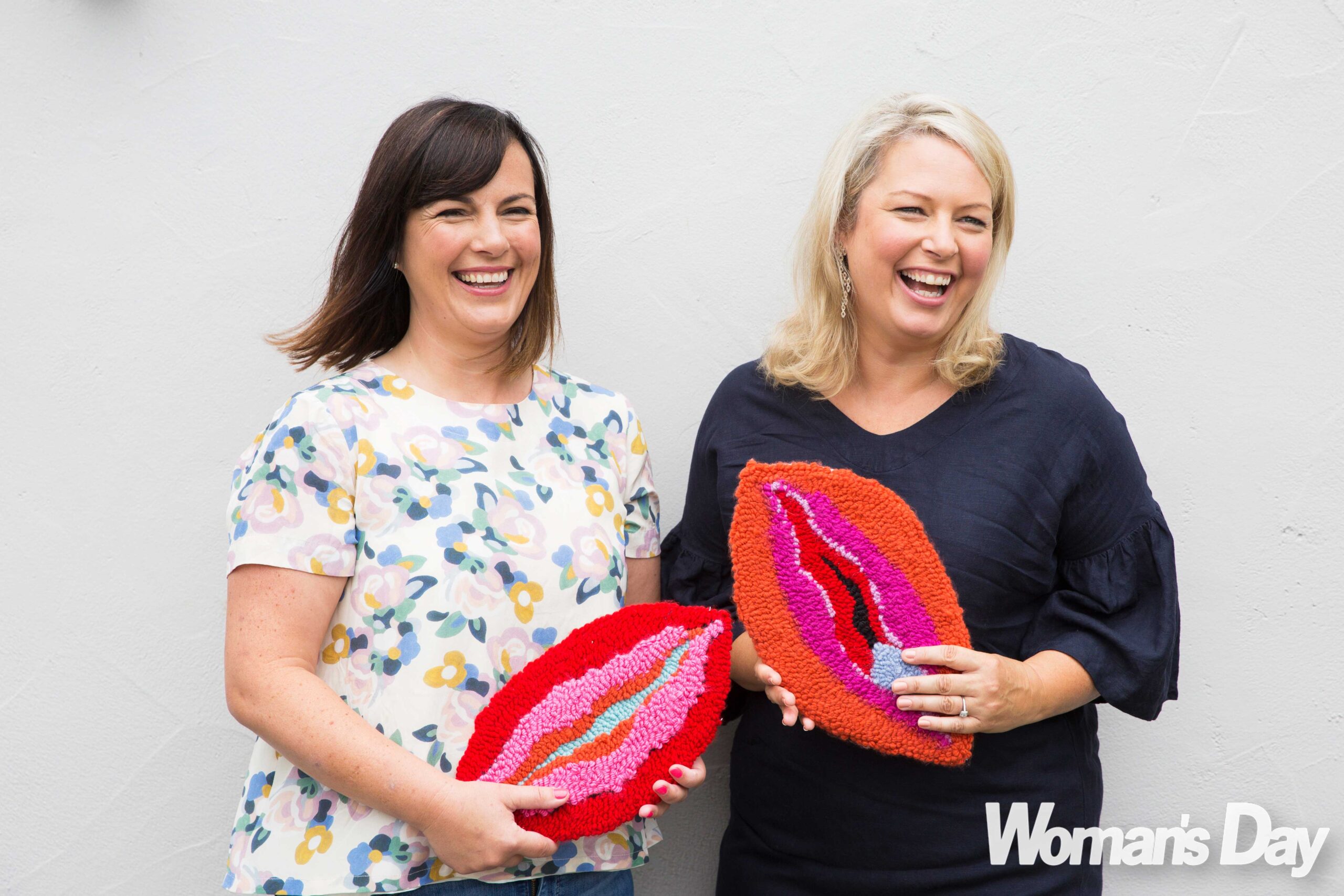
Hello Cup creators Mary and Robyn, holding “vagina rugs” crafted by Evie Kemp, have no problem discussing their lady parts.
The nugget of an idea brewing, the Havelock North mum-of-two called her bestie Mary, 43, in Wellington. The pair had met as 11-year-olds on holiday in the Marlborough Sounds, where they’d bonded over a mutual passion for Robyn’s yellow nail varnish.
Mary recalls Robyn was typically to-the-point about her business idea. “She said, ‘Mary, I think we should make menstrual cups.’ I actually thought that sounded gross and I told her I wasn’t keen!”
But Mary, a registered nurse who specialises in palliative care, did her due diligence and soon found she was “totally sold”.
“I’d had problems with my gynaecological health, multiple surgeries and, eventually, a hysterectomy, so I knew I was never going to be a cup user myself,” she explains.
“But I thought they made a huge amount of sense and as the mother of three daughters, I’ve bred three sanitary-product consumers who needed better options.”
Robyn flew to Wellington with a bunch of cups to lobby Mary further.
“From the outset, I knew I wanted to create something that was 100% Kiwi, effective and comfortable but was also fun to talk about and something a woman would be proud to have in her purse,” she says.
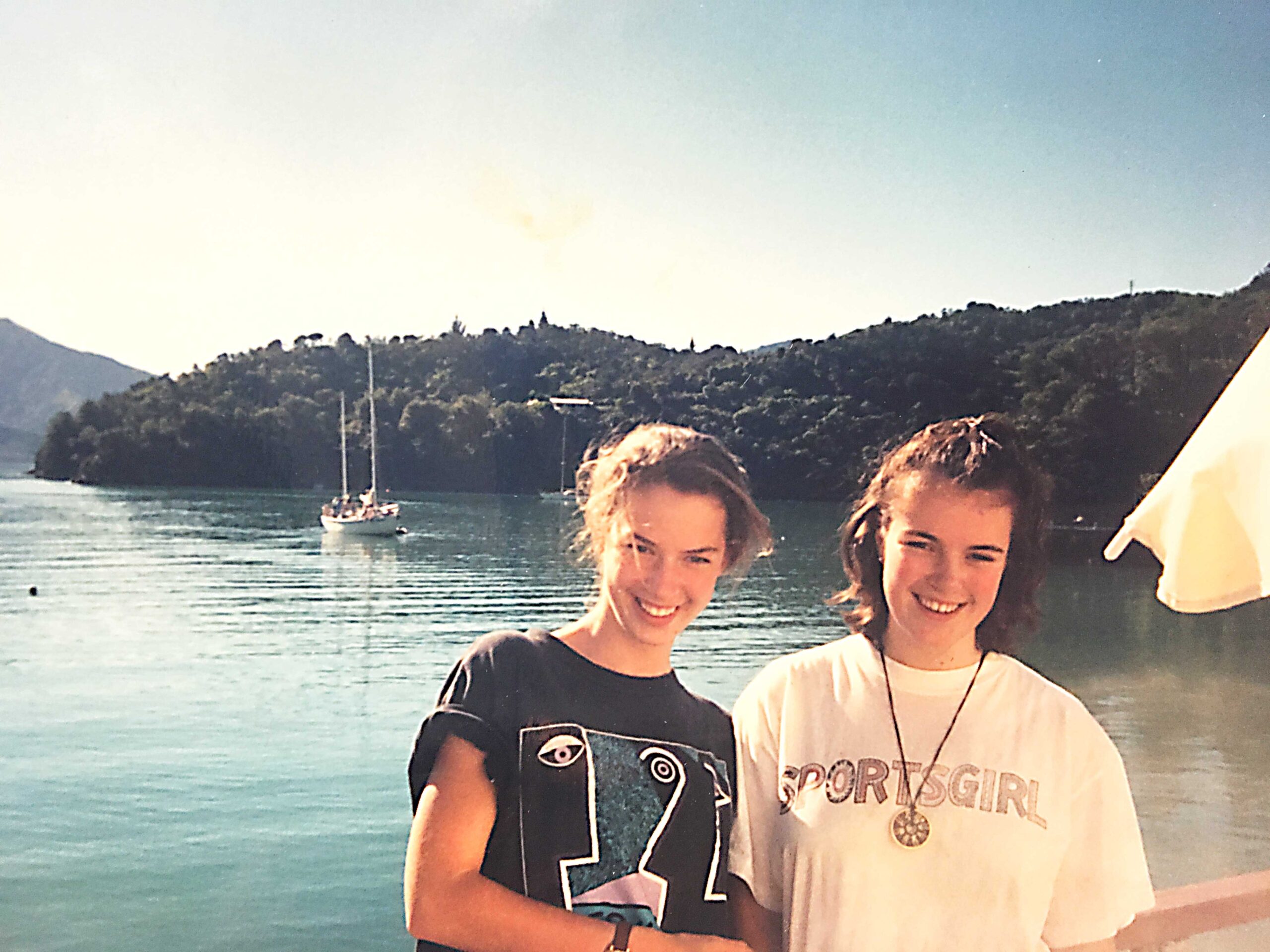
But Mary still had questions. “To me, the cups looked huge!” she laughs. “I’d read that for some women, using a cup didn’t come as easy as it had to Robyn. Then I thought, well, tampons aren’t that easy to get the hang of at first either. I knew I could help with that side of things.”
Knowing her medical knowledge and common sense were the perfect counterweight to Robyn’s creative mind, Mary agreed to get involved.
The pair got to work on design, production, deciding their colour palette (blue is small to medium and pink is medium to large) and sourcing medical-grade plastic.
They didn’t always agree. Mary was initially adamant the word “vagina” should be used throughout their website. Robyn was certain it shouldn’t. “I love the word ‘fanny’, I love vajayjay,” she laughs. “But Nurse Mary said, ‘Oh, no, we absolutely must use the technical term!'”
So the “switcheroo” was born. Everyone who visits thehellocup.com can take ownership and call their “McFlorence” (another actual user name) whatever they wish as they browse the site. The pair admit they’re more knowledgeable than most besties when it comes to discussing the ins and outs of each other’s body.
“Robyn and I have gone beyond any sort of discomfort when talking about blood, flow, fit or the shape of our vaginas,” says Mary.
“We’ve broken through! Now, because we’re so comfortable with it, we find it easy to speak to other women very frankly about their own stories and questions.”
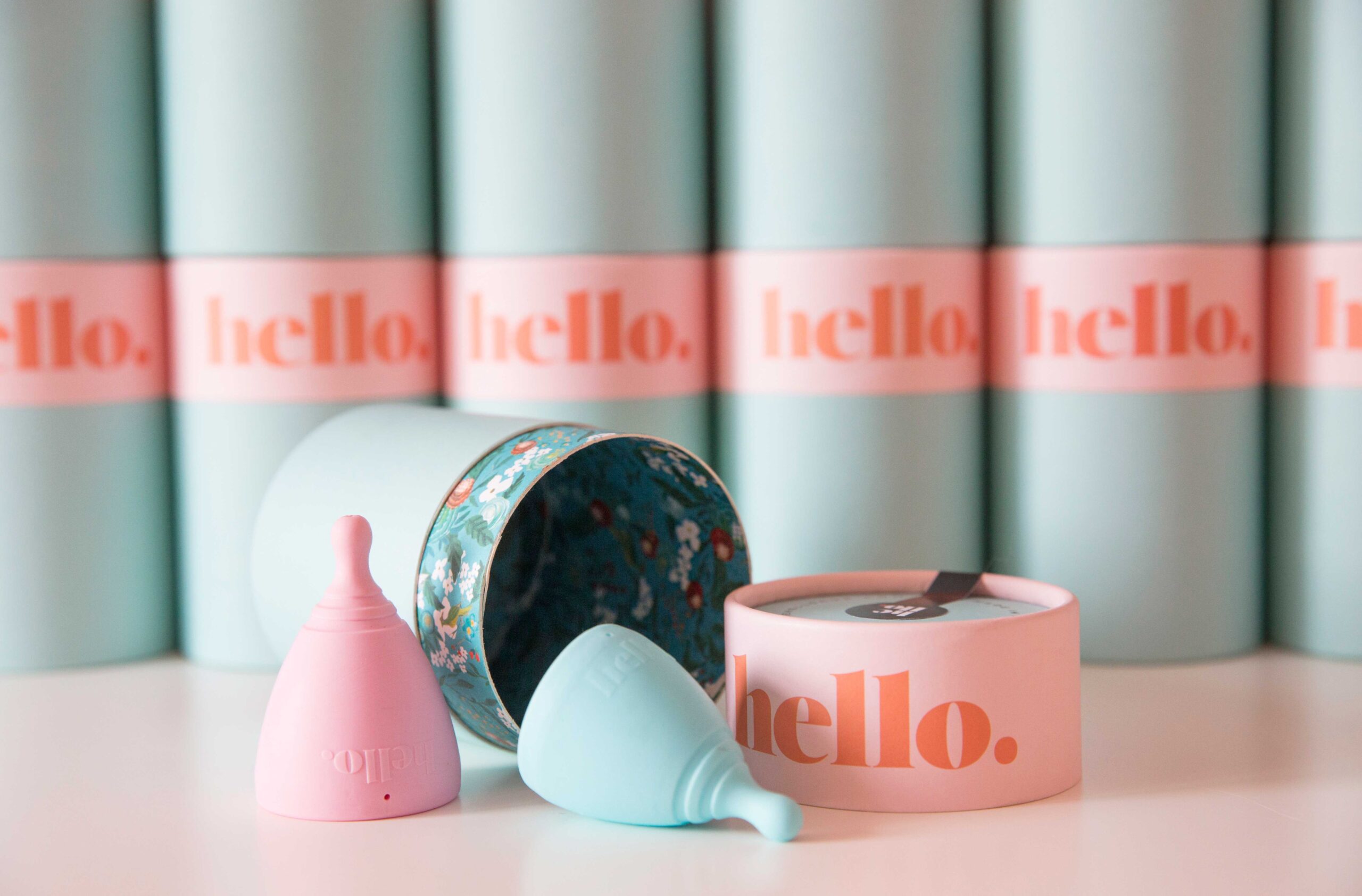
With two models on their website and another “sports model” in development – “because managing your period during long-distance running and plenty of other sports is near-impossible”, says Mary – the women behind The Hello Cup have plenty on their plates as word spreads about their innovation.
“A friend was out for New Year’s Eve and sent me a photo of a Hello Cup box on the dinner table where she was busy doing a sales pitch! And another friend had a quiz at a work Christmas party and one of the questions was a picture of our menstrual cup asking, ‘What is this?'”
Another plan in progress is an education programme to encourage schoolgirls to give cups a try. Many teens are already converts.
“Because they hold the same amount of fluid as three tampons, girls are able to pop one in, go to school and not worry about it until they’re home,” says Robyn. “Also, the financial burden – some say $20,000 across a lifetime – is alleviated with a cup. We hear of young women who can’t afford tampons and pads and are simply making do with toilet paper, rags, whatever. We can help to change this. One cup will last right through high school.
“We come from very different backgrounds, but Mary and I have the same goal. We just want to nail this and give women the best experience we can. And while we are absolutely serious about what we do, we’re also determined to have – and share – the fun we have doing it!”
Menstrual cup facts
✦ Menstrual cups have been around since 1937!
✦ They’re eco-friendly – one cup will last at least five years.
✦ Cups are flexible – you fold to insert, it “pops” open, then you pinch the base to take it out.
✦ The Hello Cup is 100% NZ-made and fully recyclable at the end of its life.
✦ Visit thehellocup.com for more info.
-and-Robyn.jpg)
